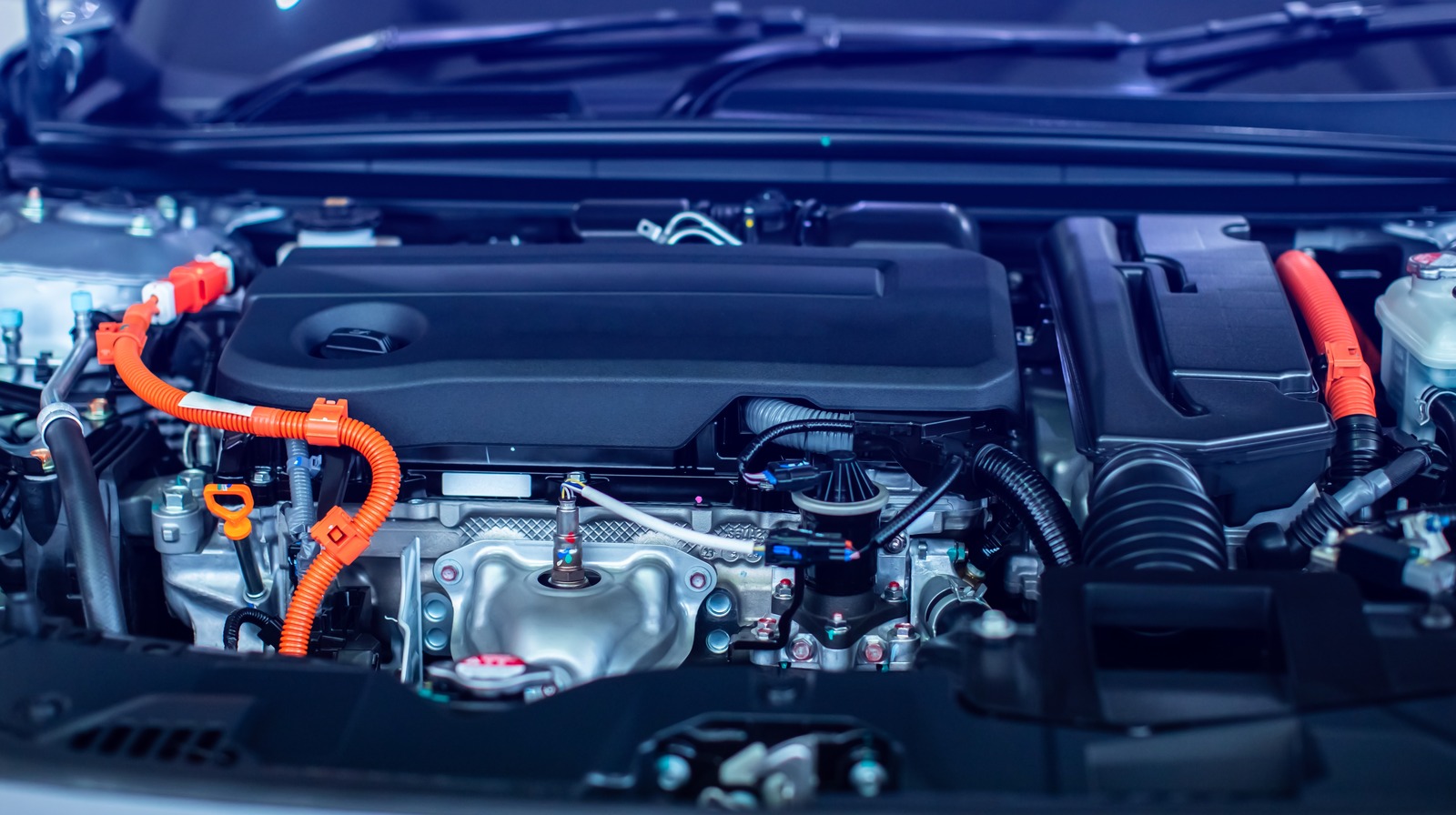Jump-starting a hybrid vehicle might seem straightforward, but it’s a task that can quickly go awry if you’re not careful. The pressure of a dead battery can lead to hasty decisions, and if you’re not familiar with the nuances of hybrid systems, you could end up causing more harm than good. So, what happens when you jump-start a hybrid the wrong way, and how can you avoid making this mistake?
What’s the Big Deal About Jump-Starting a Hybrid?
Hybrid vehicles are designed with complex electrical systems that differ significantly from traditional gas-powered cars. They combine an internal combustion engine with an electric motor, which means their batteries and electrical components are more sensitive. Jump-starting incorrectly can lead to a host of issues, including damage to the vehicle’s battery management system or even the inverter, which converts the battery’s DC power to AC power for the electric motor.
Imagine this: you connect the jumper cables, and instead of reviving your car, you inadvertently fry the electrical system. Ouch! The cost of repairs can be steep, often running into the thousands of dollars.
How to Jump-Start a Hybrid Safely
To avoid the pitfalls of a botched jump-start, it’s crucial to follow the right steps. Here’s a quick guide to ensure you do it safely:
1. **Read the Owner’s Manual**: Before you even think about jump-starting, check the vehicle’s manual. It often contains specific instructions for your hybrid model, which can save you a lot of headaches.
2. **Use the Right Equipment**: Ensure you have quality jumper cables. Thicker cables are better as they can handle higher currents.
3. **Identify the Battery**: In many hybrids, the battery isn’t located where you’d expect it. Some models have a dedicated jump-start terminal under the hood. Find it before you start.
4. **Connect the Cables Properly**: Always connect the positive (red) cable to the positive terminal first, followed by the negative (black) cable to the negative terminal. If using a jump box, connect the negative cable to a metal ground on the car with the dead battery instead of the negative terminal to avoid sparks.
5. **Start the Donor Vehicle**: Let the donor vehicle run for a few minutes to charge the dead battery before attempting to start the hybrid.
6. **Start the Hybrid**: Once you feel confident that the battery has enough charge, try starting the hybrid. If it doesn’t start after a few attempts, don’t force it.
7. **Disconnect Carefully**: Once the hybrid starts, disconnect the cables in reverse order—negative first, then positive.
What If You’ve Already Made a Mistake?
If you’ve jumped your hybrid incorrectly and are now facing issues, don’t panic. First, assess the situation. Is there any visible damage, or is the vehicle showing warning lights? If you notice anything unusual, it’s best to consult a professional mechanic who specializes in hybrids. They can run diagnostics to determine if any components were damaged.
Real-World Example: A Cautionary Tale
Take the story of a friend who, in a rush, jumped his hybrid without checking the manual. He connected the cables incorrectly and, instead of a simple battery boost, ended up with a hefty repair bill. The inverter had to be replaced, and it took weeks to get the parts. This experience taught him the importance of being informed and cautious, especially with hybrid technology.
The Takeaway? Jump-starting a hybrid isn’t just about connecting cables; it’s about understanding the unique systems at play. If you’re ever in doubt, it’s worth calling for roadside assistance or a professional. Taking a moment to double-check can save you time, money, and a lot of frustration down the road. So, next time you find yourself in a jam, remember: a little knowledge goes a long way.


